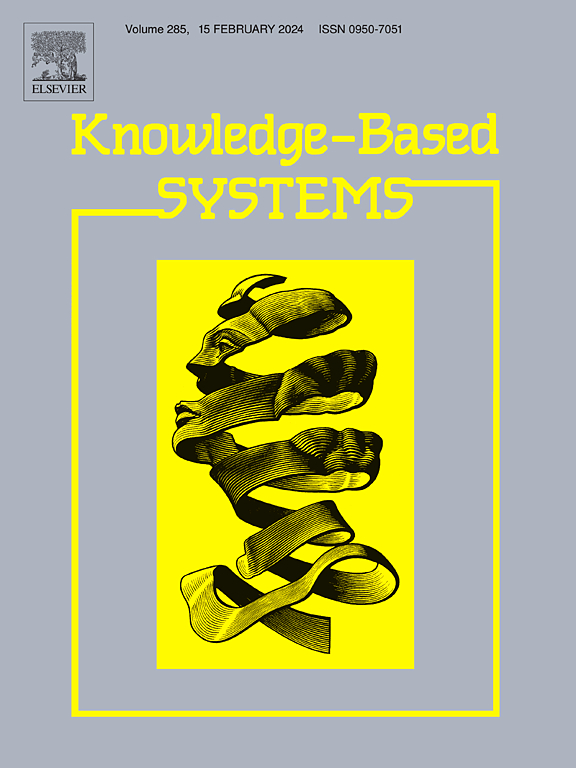Boosting semi-supervised regressor via confidence-weighted consistency regularization
IF 7.2
1区 计算机科学
Q1 COMPUTER SCIENCE, ARTIFICIAL INTELLIGENCE
引用次数: 0
Abstract
Semi-supervised regression aims to train a learner by utilizing both labeled and unlabeled data. Boosting is a popular approach in enhancing the performance of the base learner, which is often quite simple. One question is: can we boost different sophisticated semi-supervised regressors (SSRs) to provide better performance? In this paper, we propose a confidence-weighted consistency regularization (BS2C) algorithm to answer this question. First, we construct a neural network that works in parallel with an off-the-shelf SSR to provide pseudo-labels. In this way, the prediction ability of the regressor gradually shifts to the network. Second, we integrate supervised and consistency losses using a dynamic weighting strategy. Consequently, the impact of unlabeled data increases during training iterations. Third, we compute confidence and weights for pseudo-labels to guide the training. Therefore, the negative effect from network errors is reduced. Experiments were performed on fifteen real-world datasets using five popular SSRs, also in comparison with an existing boosting method. The results indicate that BS2C can boost SSRs in most cases, and superior than the counterpart. The source code is available at https://github.com/F1uency/BS2C.
求助全文
约1分钟内获得全文
求助全文
来源期刊

Knowledge-Based Systems
工程技术-计算机:人工智能
CiteScore
14.80
自引率
12.50%
发文量
1245
审稿时长
7.8 months
期刊介绍:
Knowledge-Based Systems, an international and interdisciplinary journal in artificial intelligence, publishes original, innovative, and creative research results in the field. It focuses on knowledge-based and other artificial intelligence techniques-based systems. The journal aims to support human prediction and decision-making through data science and computation techniques, provide a balanced coverage of theory and practical study, and encourage the development and implementation of knowledge-based intelligence models, methods, systems, and software tools. Applications in business, government, education, engineering, and healthcare are emphasized.
 求助内容:
求助内容: 应助结果提醒方式:
应助结果提醒方式:


